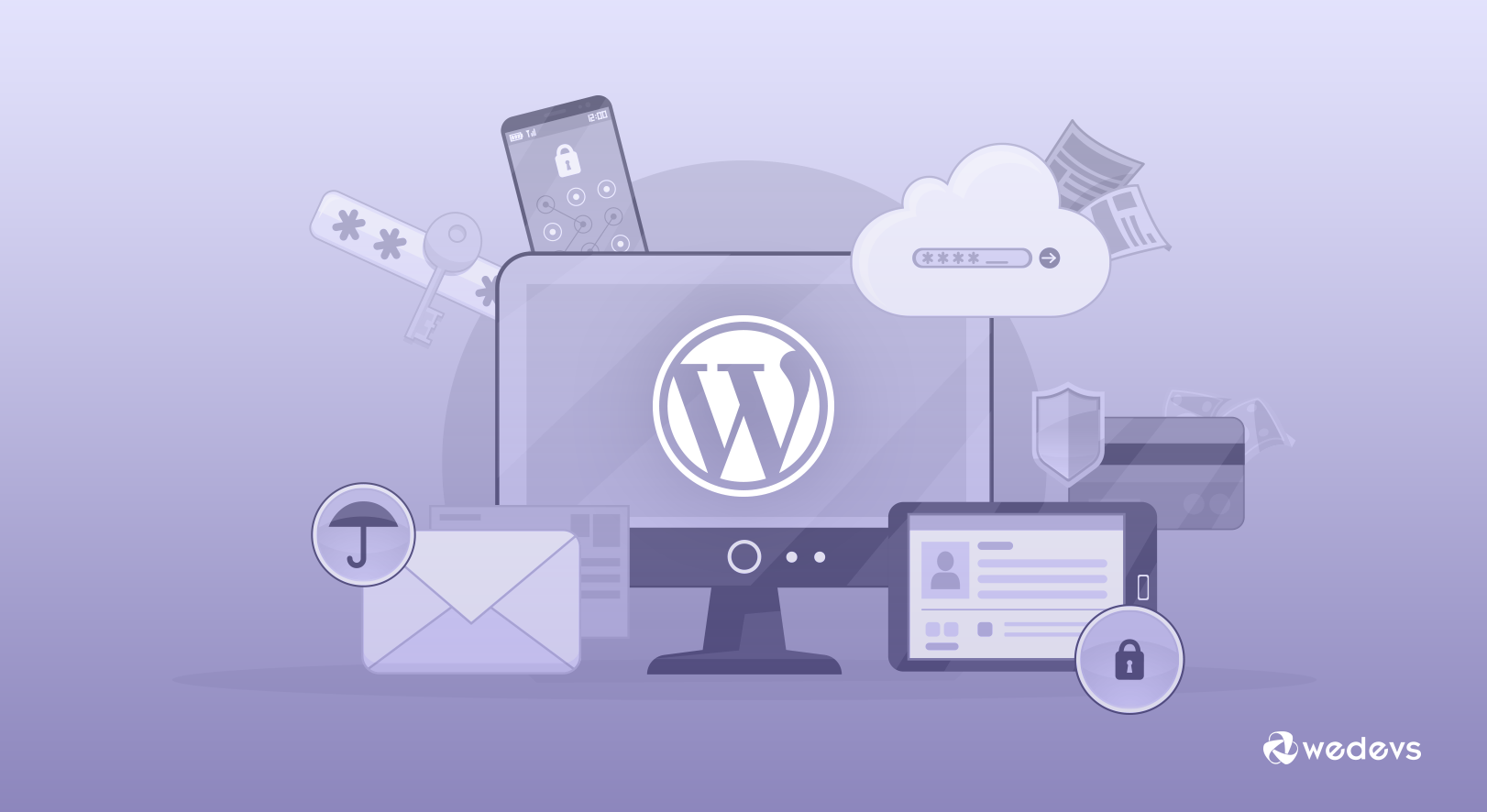
Make WordPress the Best and Most Secure Platform to Power Your Websites
Are you looking for effective ways to make a WordPress site secure? Then you've come to the right place.
As a website owner, ensuring the security of your WordPress site should be a top priority. It protects your site from hackers, malware, and other security threats.
WordPress is a popular platform, which makes it a common target for attacks. However, with the right practices and tools, you can significantly enhance the security of your WordPress site.
In this blog, we'll show you 8 easy steps to secure a WordPress site from malware. So, you can significantly reduce the risk of security breaches and keep your WordPress site safe and secure for you and your visitors.
Understanding Malware and WordPress Security : Everything to Know
Despite WordPress being one of the best website development platforms you can embrace, it is also vulnerable to security issues. There are many security issues to uncover, but you must figure out how to eliminate malware from WordPress websites.
A secure website protects your data and safeguards your visitors' sensitive information, such as personal details and financial transactions. In addition, a secure site enhances your reputation and credibility because users are more likely to trust and engage with a website that prioritizes their security.
By investing time and effort into securing your WordPress site, you are making a long-term commitment to the success and sustainability of your online presence.
Many WordPress website owners have cited malware as a key security issue they face daily. Fortunately, WordPress users can enjoy better security using this platform through the automatic background updates that WordPress developers introduced.
It is easy to protect your WordPress website with security plugins that hinder probes, hide resources, and protect user accounts.
The Different Forms of Malware Affecting WordPress
Malware is a key challenge and burden to many website owners. Security companies and website developers have also been included.
Malware is malicious software or disturbing code that can easily take control of your website unexpectedly. This malicious code is usually installed if a WordPress user comes into contact with corrupted files that can be in a useful piece of software.
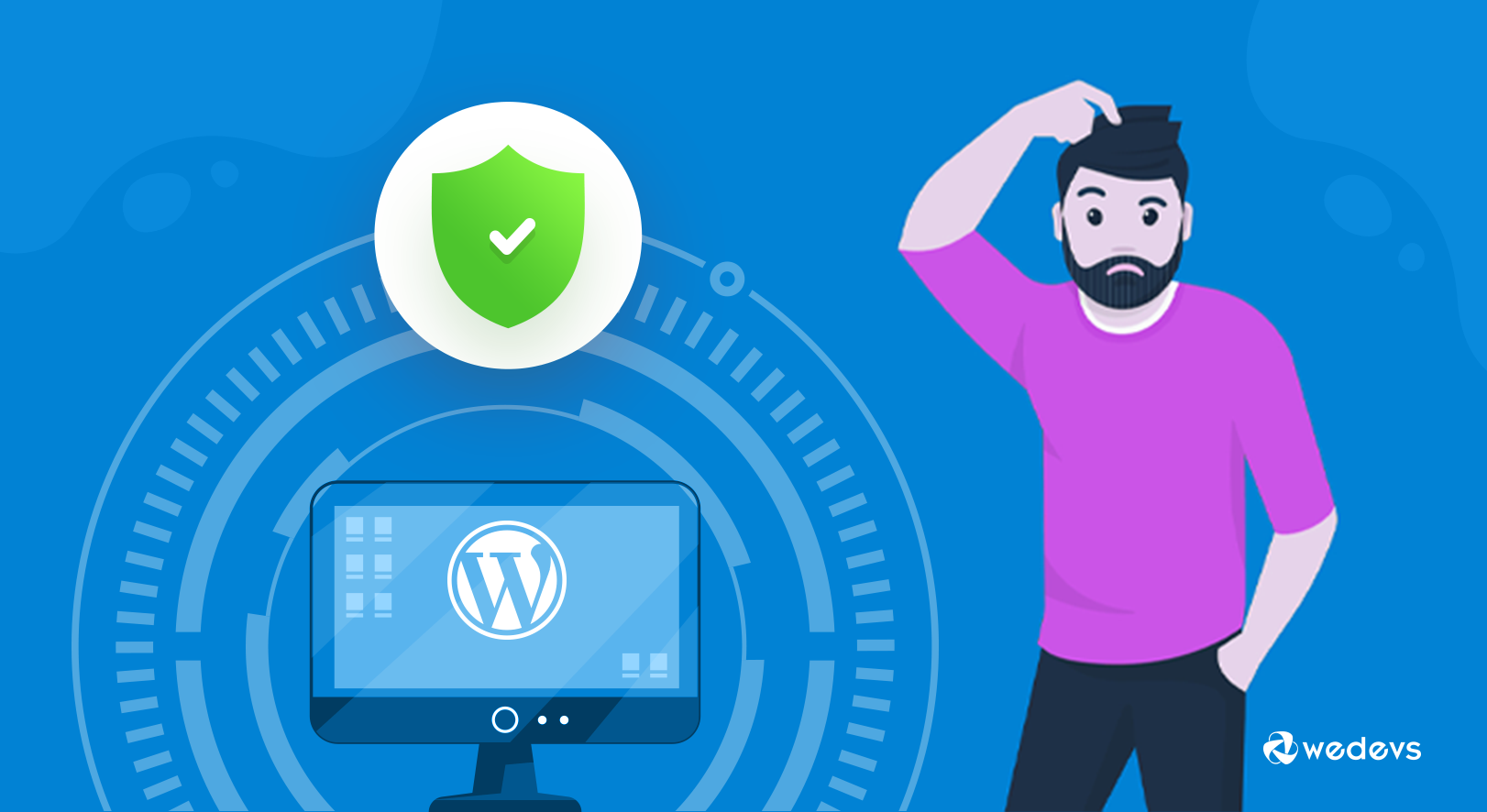
Before you figure out what solutions to opt for and get rid of any malicious software, there are known forms of malware that you should be well-acquainted with. They include:
- Trojan Horses: Also known as a Trojan virus, it’s a kind of malware usually disguised as genuine software. In most cases, it is employed by hackers and cybercriminals trying to access your WordPress or related website.
- Viruses: This is another common type of malware often found in email attachments that you might not know will harm your website.
- Drive-by downloads: This is a form of malicious software that uses your site as a means to distribute other types of malicious files. These downloads can cause damage without notifying the website owner.
Why Stay Alert as a WordPress Site Owner?
As a WordPress site owner, you also need to remember that you will come across files that may not cause physical damage. However, these files can lead your visitors to unprotected websites, which may, in turn, affect your website's reputation.
These corrupted files or activities will affect your website and many other activities you undertake using the sites. Thus, you must determine how to avoid malicious activity on your website and business.
10 Malware Clean-up- Helpful Solutions to Opt For
If your WordPress website has never been affected by malware, you are lucky. But you may also need to notice some malware or corrupted files.
It is always wise to protect your sites from malicious software and any future malware threats. Here are incredible ways to remove malware from your WordPress site without hassle. Have a look:
- Scan Everything
- Back Up Your Website
- Format Your WordPress Directory
- Reinstall the Old WordPress Version
- Change Your Passwords
- Implement Two-Factor Authentication
- Limiting Login Attempts
- Develop a Maintenance Approach
- Scan Once Again and Discard Google Warning
- Monitor your Site Hassle-Free
1. Scan Everything
To determine whether your WordPress site is secure or has been compromised, you need to start scanning it extensively. It is a simple procedure involving WordPress security plugins that make it easy to monitor your site. Your computer may also be affected by or have a virus. In that case, you need to scan it immediately to keep it virus- or Trojan-free.
Read More: How to Scan Your WordPress Site for Potential Threats with Security Plugins.
2. Back Up Your Website
You need to back up your WordPress regularly, as it is an important step towards restoring your website to full function in case of a malware attack. If you don't back up your site, you might lose data or expose your site to unexpected attacks.
As you install WordPress, you need to make a copy of your database and download all your backup files to your most reliable computer. Always use files that are not outdated and free from any malware.
Some of the recommended backup plugins to opt for include UpdraftPlus. There are some other simple backup solution as well that you can look into. And don't forget to always manually examine your backups. It’s worth the hassle.
3. Format Your WordPress Directory
If you find any malicious files and have chosen the best backup, start it over with a WordPress installation. Go on and format your WordPress directory by deleting all the available files.
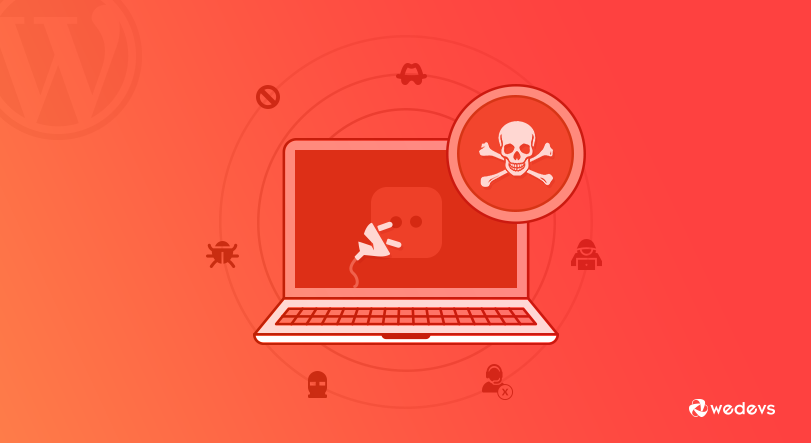
4. Reinstall the Old WordPress Version
Installing WordPress is not a daunting task. It's a one-click procedure that you can undertake without any worries. Once you have installed your source code, go on and install WordPress plugins and themes. Make sure these are the best themes and plugins for your restored site.
5. Change Your Passwords
Once you have formatted and reinstalled, go on and log into your site and reset all usernames as well as your passwords. Passwords help improve the security of your site. There is a type of malware that can allow hackers to have access to your passwords.
So, immediately change your passwords and keep hackers away in the near future. Make sure the password is strong enough to keep hackers from gaining any malicious access to your site.
6. Implement Two-Factor Authentication
Two-factor authentication adds an extra layer of security to your WordPress site by requiring users to provide two forms of identification before gaining access. Typically, this involves entering a password and a unique verification code sent to a trusted device or email address.
By implementing two-factor authentication, even if a hacker manages to obtain a user's password, they would still be unable to access the account without the additional verification. Two-factor authentication plugins are readily available for WordPress and offer a straightforward setup process.
7. Limiting Login Attempts
Another effective way to protect your WordPress site from brute-force attacks is to limit the number of login attempts allowed. By default, WordPress allows unlimited login attempts, making it easier for hackers to gain access through trial and error.
However, by implementing a login attempt limit, you can significantly reduce the risk of successful brute-force attacks. Numerous security plugins provide this feature, allowing you to set a specific number of login attempts before locking out the user or blocking their IP address temporarily.
8. Develop a Maintenance Approach
You may do everything to protect your website, but forget to upload a maintenance page. Most hacked sites will direct users to malicious sites and you don’t want to harm your website visitors or users. This is possible by installing a fresh plugin copy from the WordPress source.
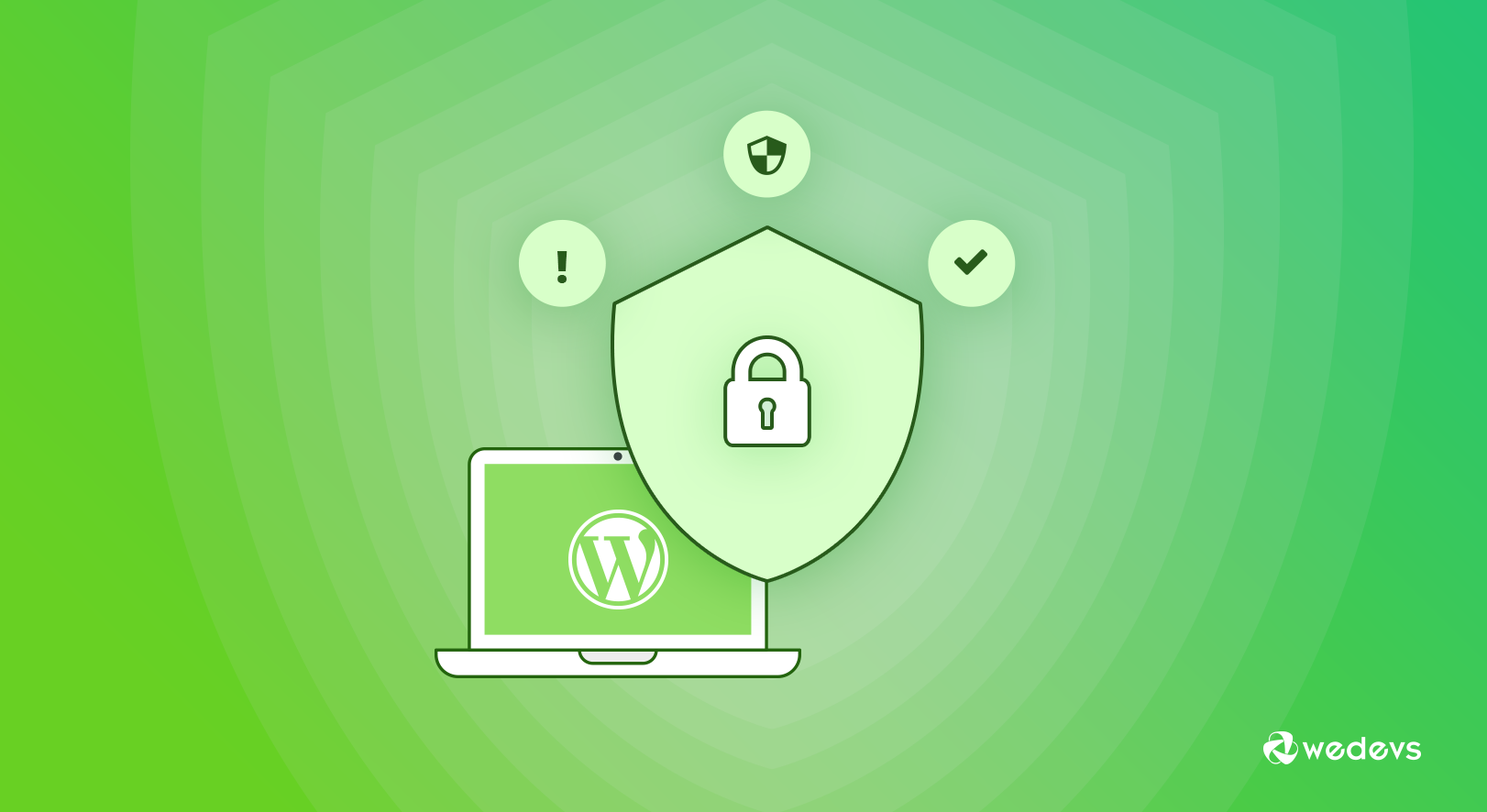
9. Scan Once Again and Discard Google Warning
There is no better way to make sure your WordPress website is free from malicious software threats than to make a full check-up once more. Then, go on and submit the restored website for Google review to get rid of any warning message.
10. Monitor your Site Hassle-Free
After malware clean-up, you should not just assume everything will be or work as you anticipate. Online scams are a daily threat to website owners, and you should not just relax. Keep monitoring your WordPress site and make sure it’s free from malicious threats. Keep tabs on everything that goes on your site.
It is also wise to consider your hosting company. Go for a provider who takes your website security seriously and puts your needs in the forefront. If you still have any old WordPress installations or related websites, make it a rule of thumb to delete these installations.
Don’t let your new site be damaged by old website installations.
Helpful resource: How to Detect and Remove Malware from a WordPress Site.
Staying Informed About the Latest Security Threats and Best Practices
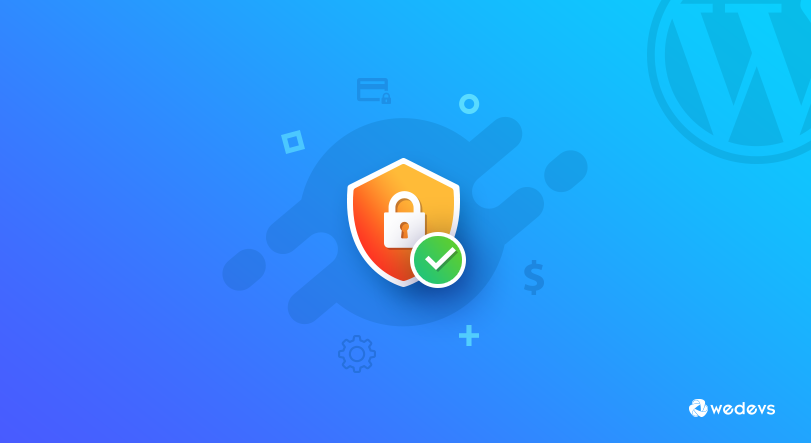
The field of cybersecurity is constantly evolving, with new threats and vulnerabilities emerging regularly. To ensure the ongoing security of your WordPress site, it is essential to stay informed about the latest security threats and best practices.
Subscribe to reputable security blogs and newsletters, follow security experts on social media, and actively participate in online communities dedicated to website security. By staying informed, you can proactively implement new security measures and respond promptly to emerging threats.
Securing your WordPress site from malware and cyberattacks is a vital aspect of maintaining the integrity and trustworthiness of your online presence. If you follow the above tips and tricks, you can significantly reduce the risk of a successful attack and protect your valuable data and the sensitive information of your visitors.
Remember, website security is an ongoing process that requires constant vigilance and a proactive mindset. Invest the time and effort into implementing these security measures, and you will be rewarded with a safer and more resilient WordPress site.
Final Thoughts to Make a WordPress Site Secure
Cases of malicious attacks will always be there. Having your website hacked is a dreadful experience that is quite unbearable and disheartening. Malware can wreak havoc on any website, but you can still take control of the situation.
All you need to do is take the necessary steps to get rid of malware and protect your website for good. And you will use WordPress without any misgivings and enjoy every experience.
This is a guest post by Duncan Kingori. He has been in the writing profession for a decade now. He has great experience writing informative articles, and his work has been appreciated and published in many popular publications.